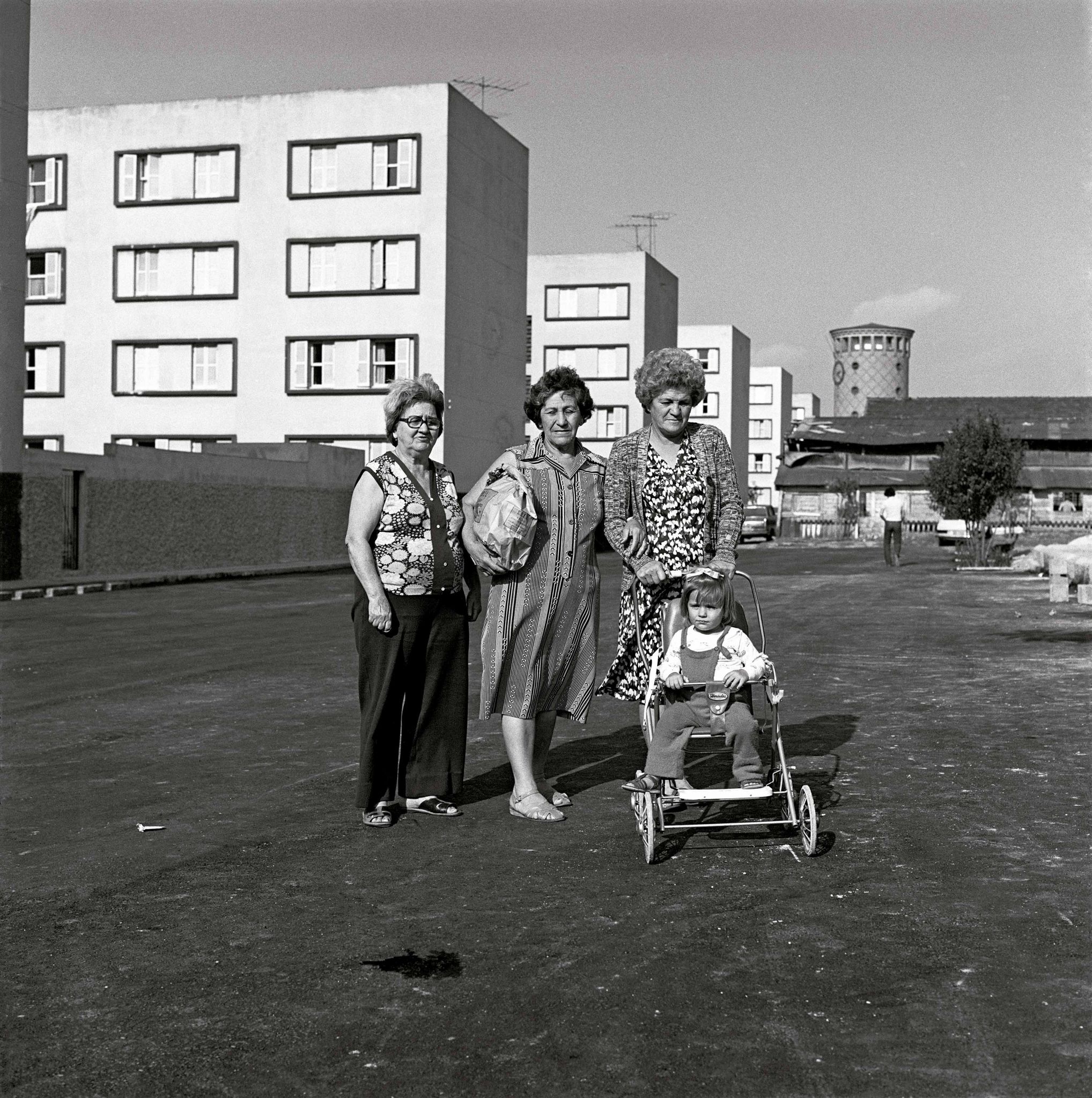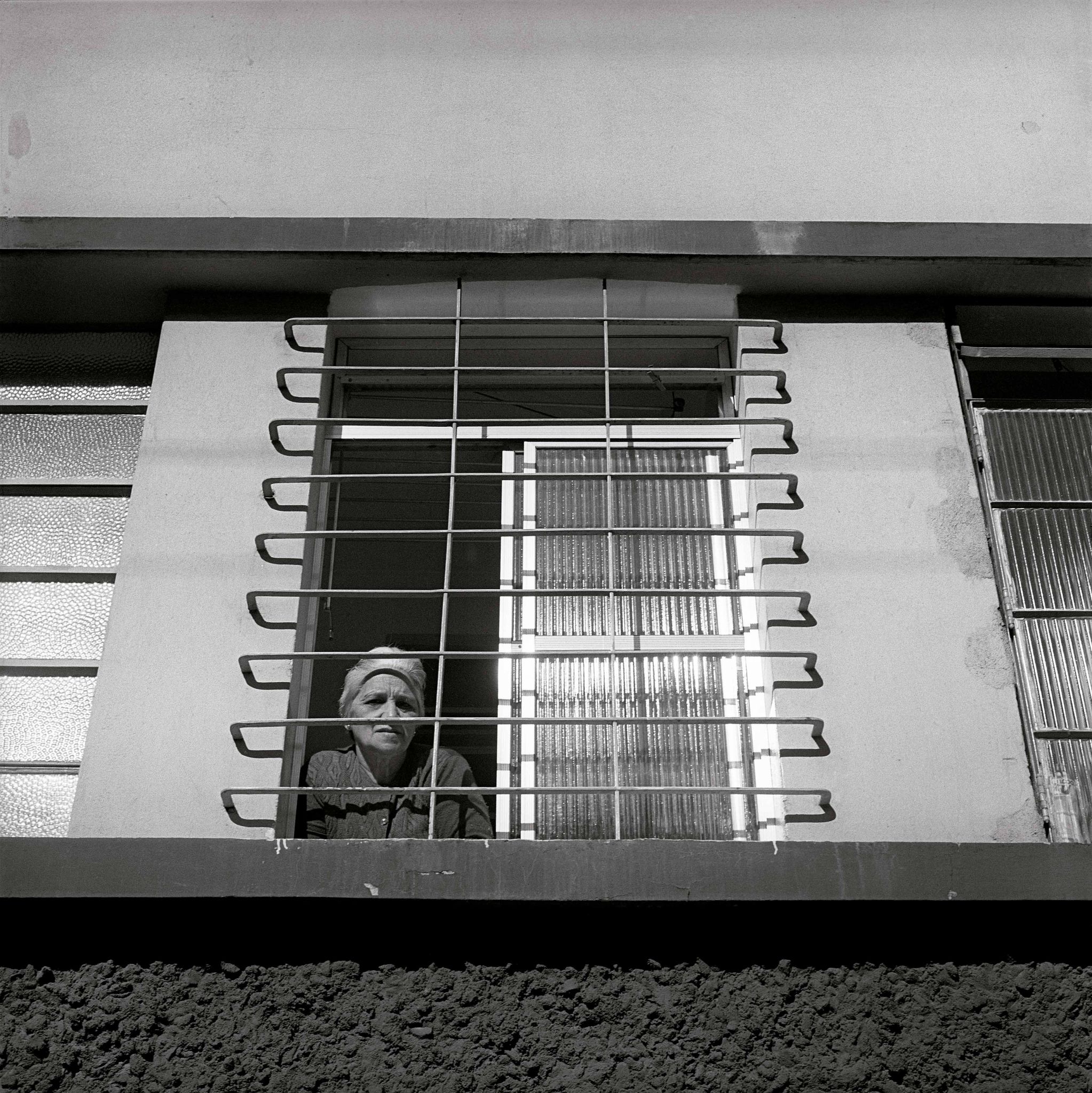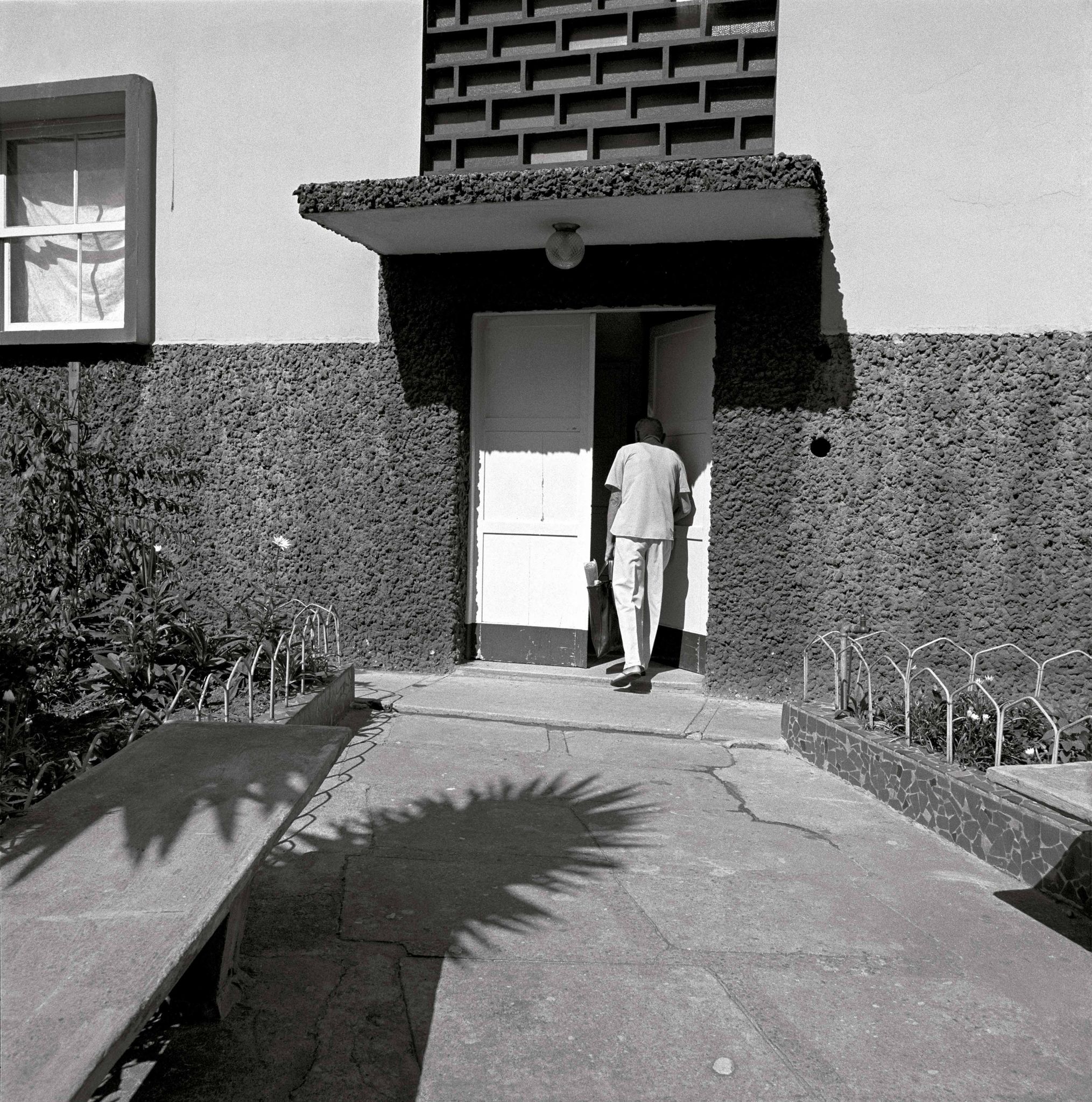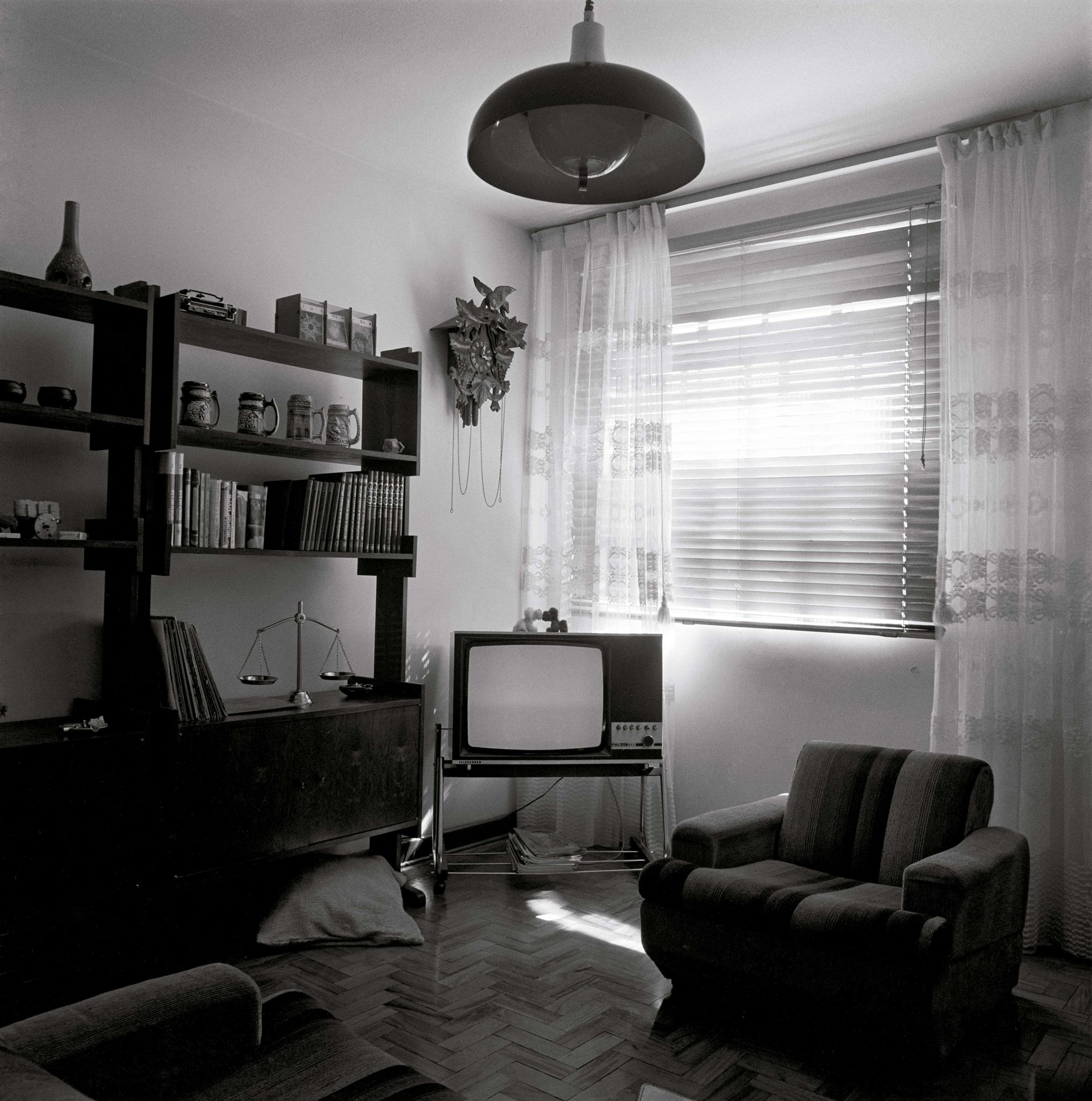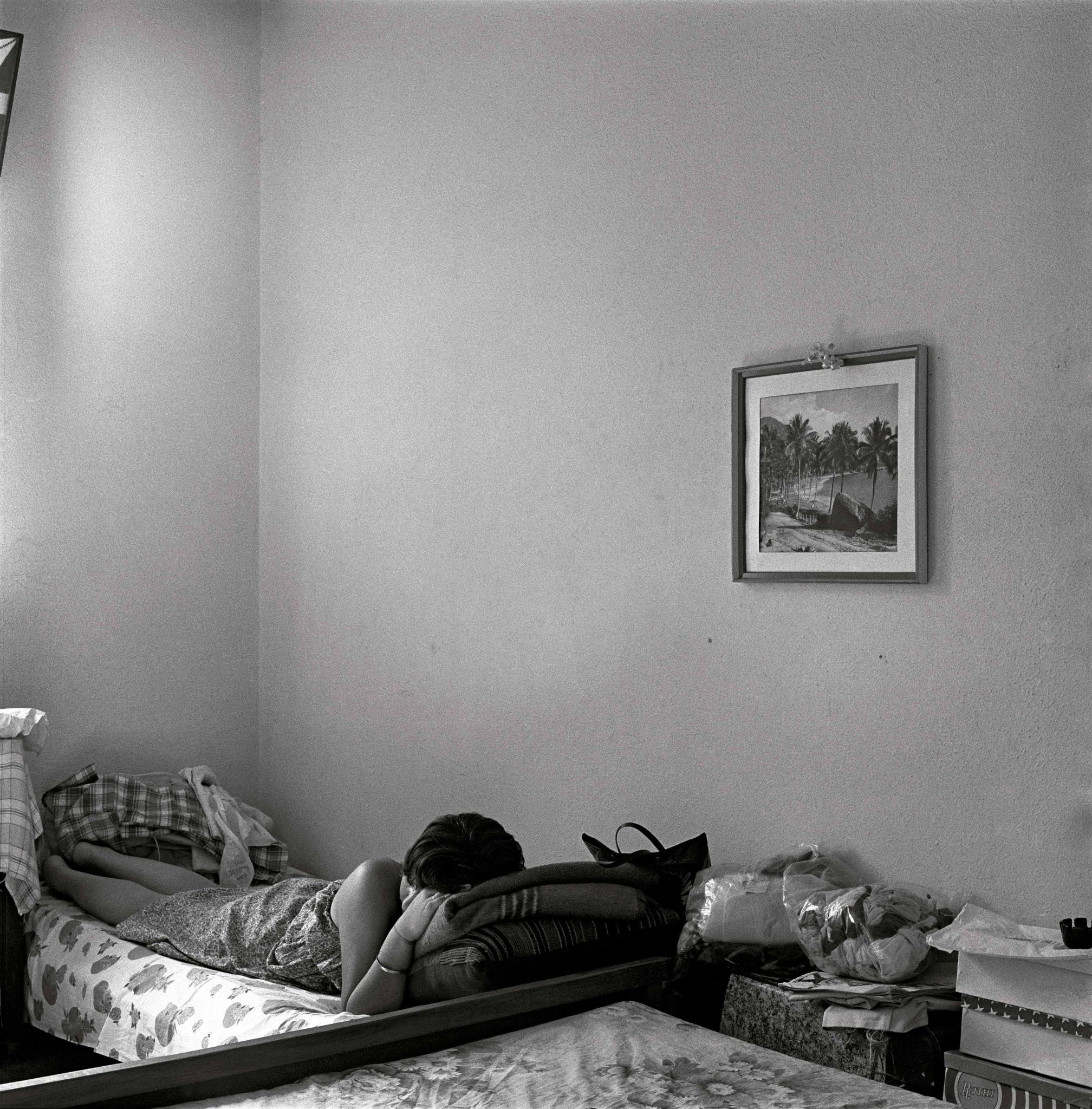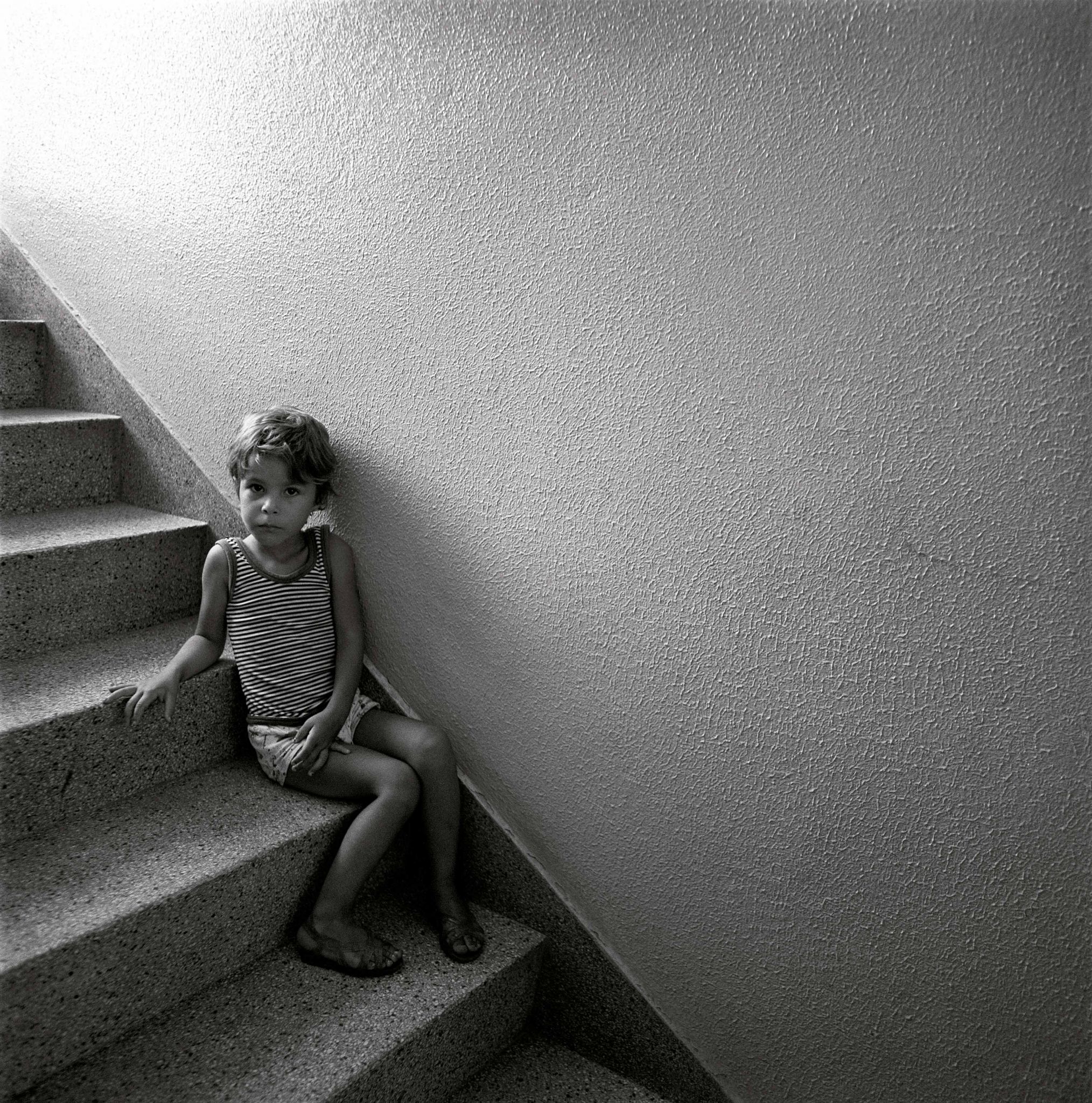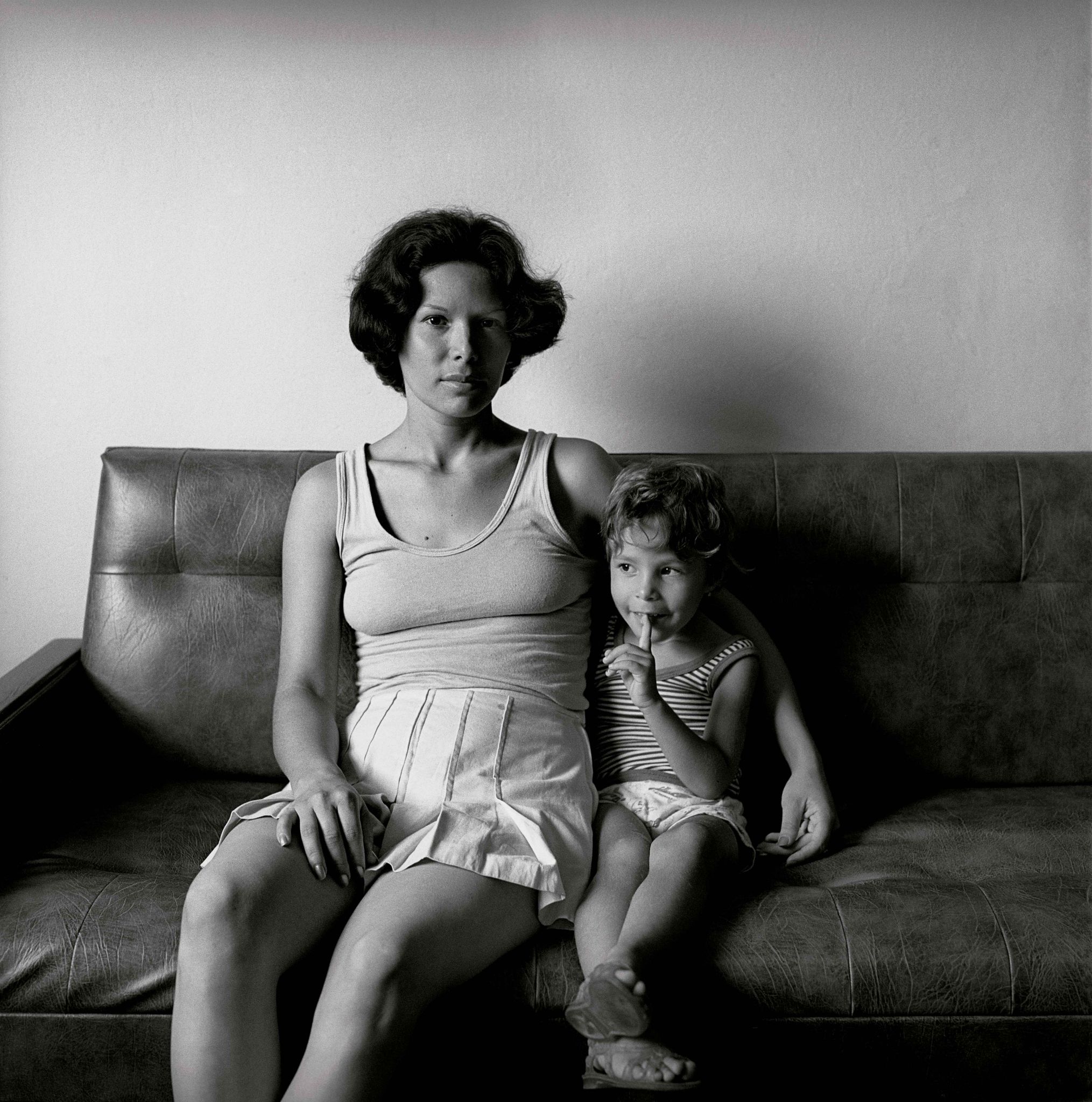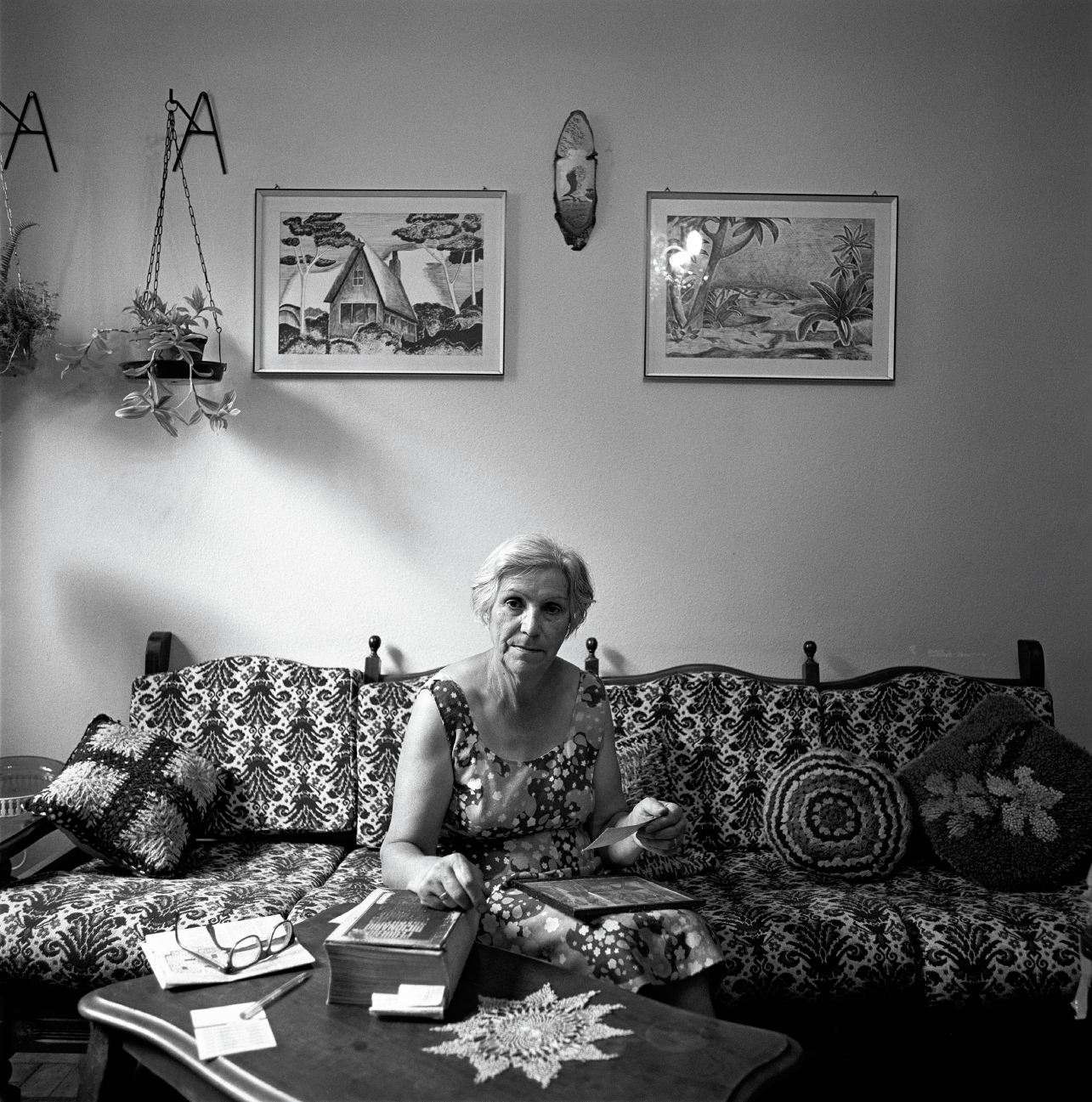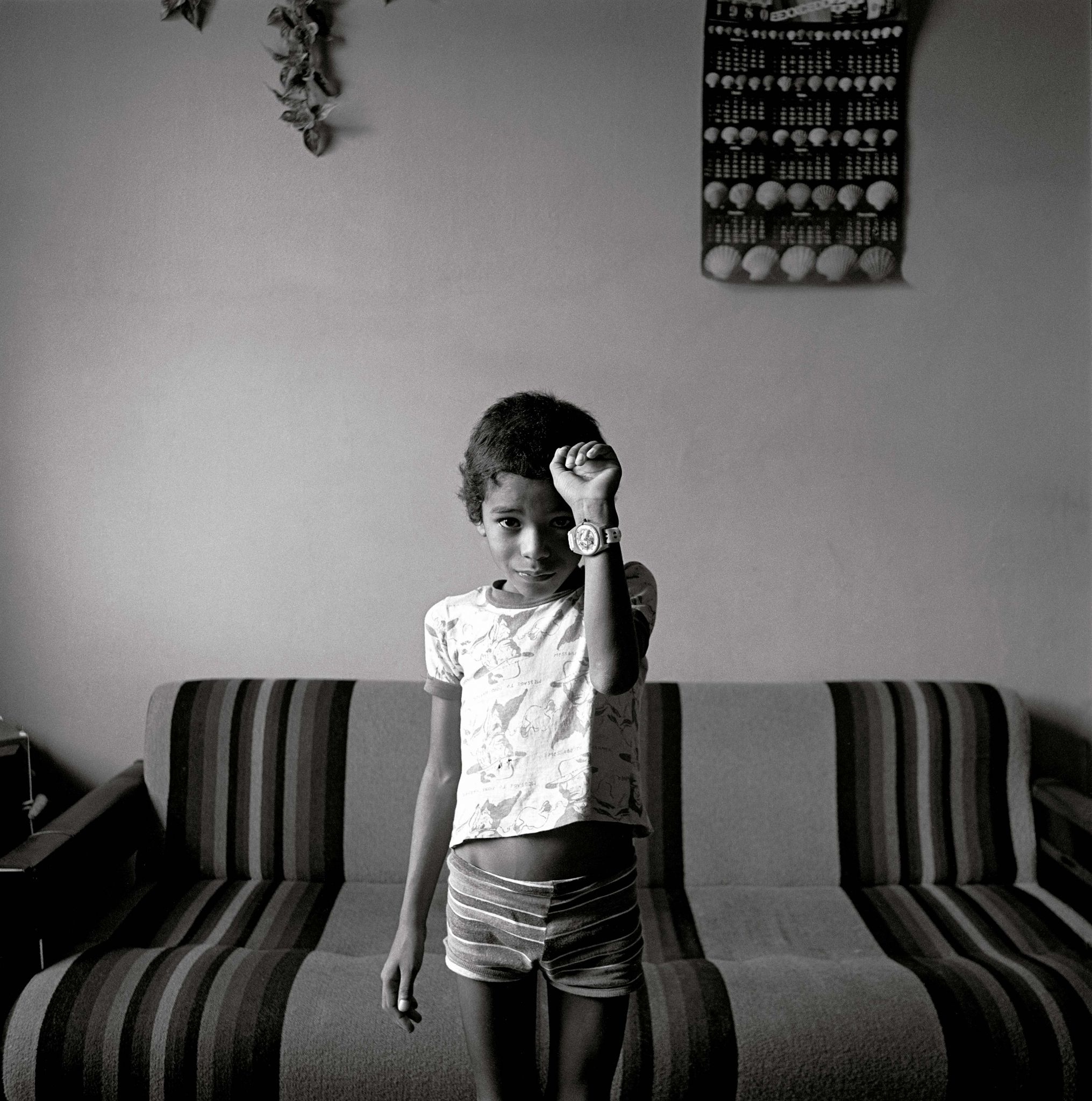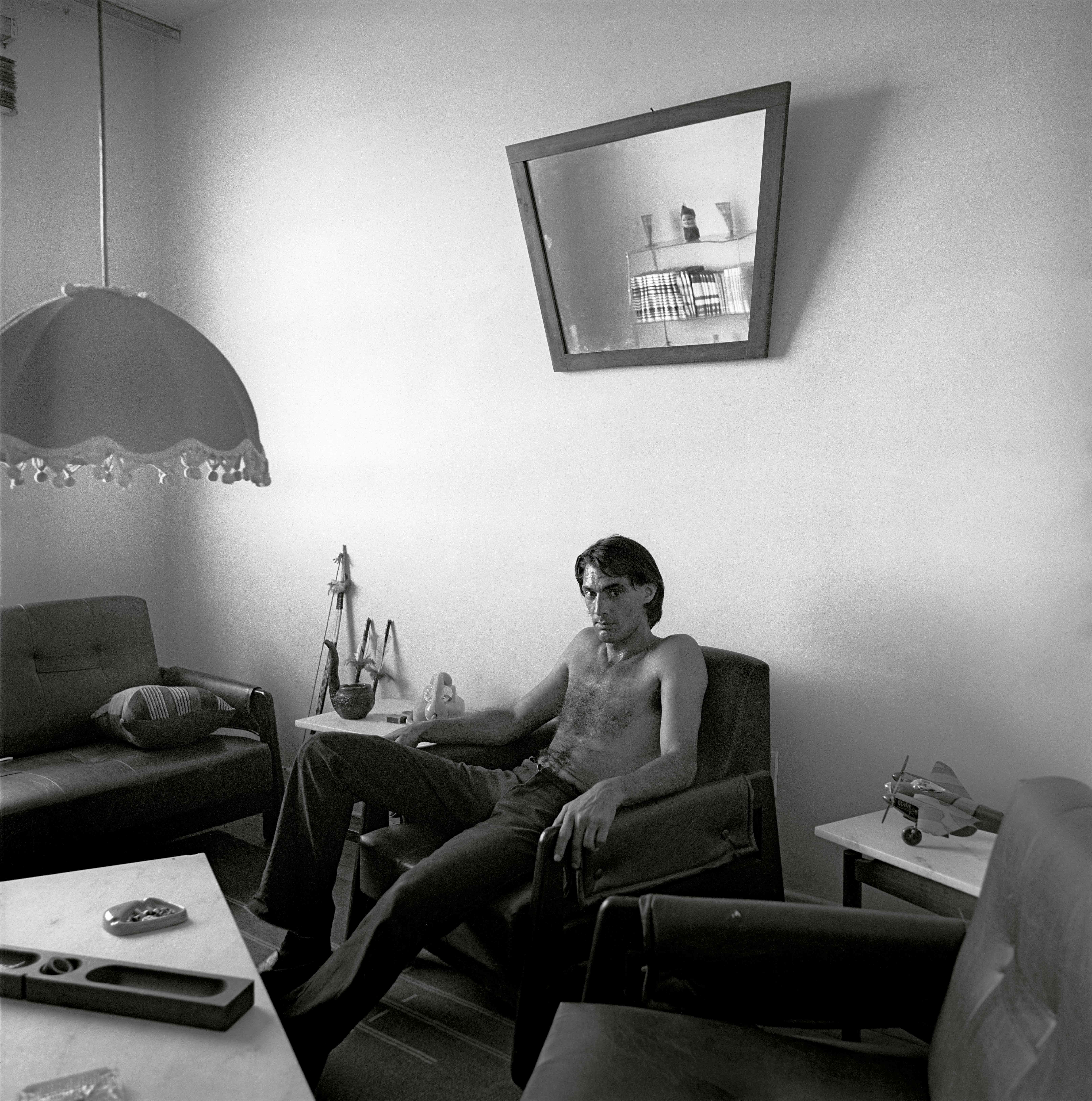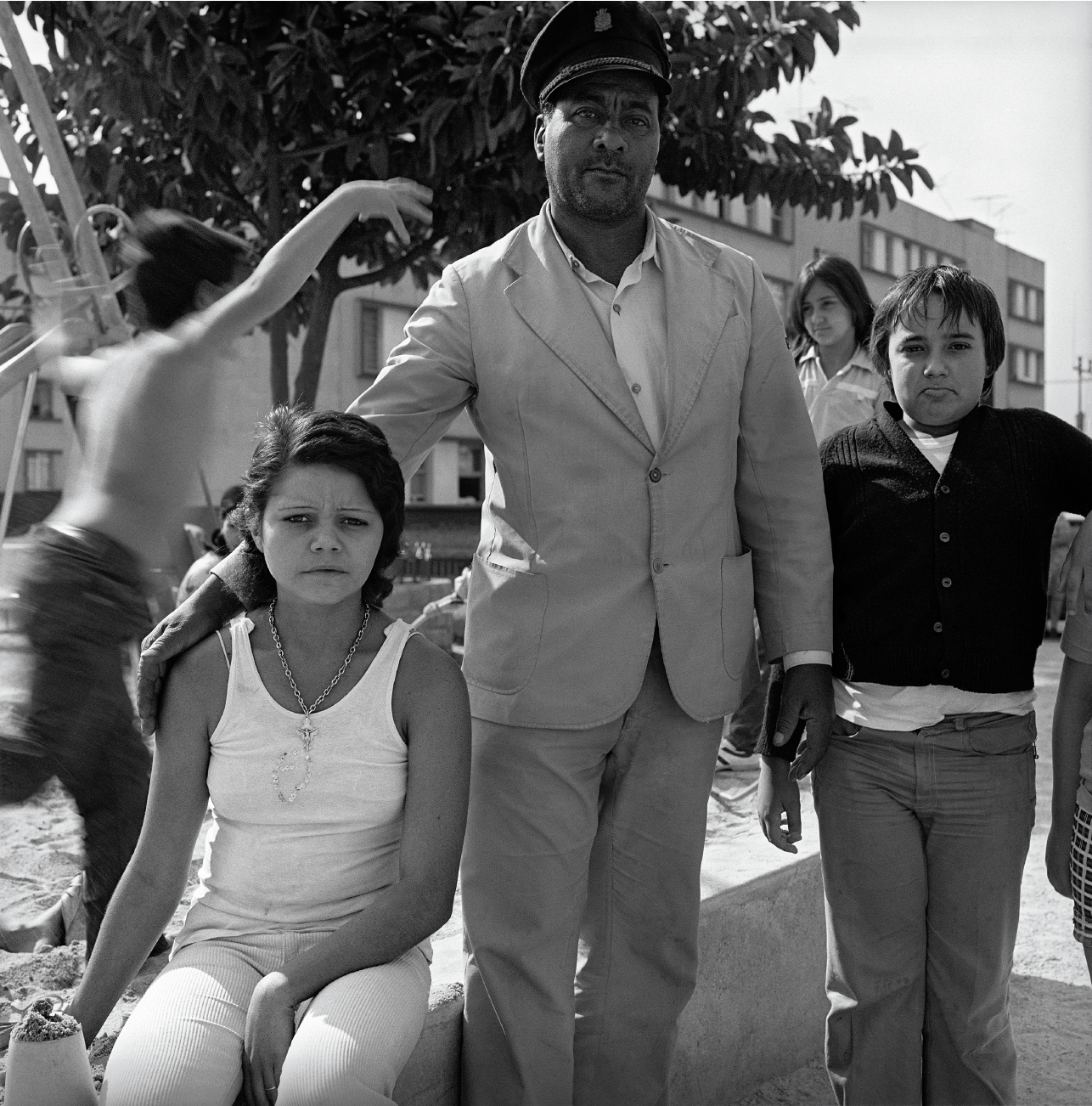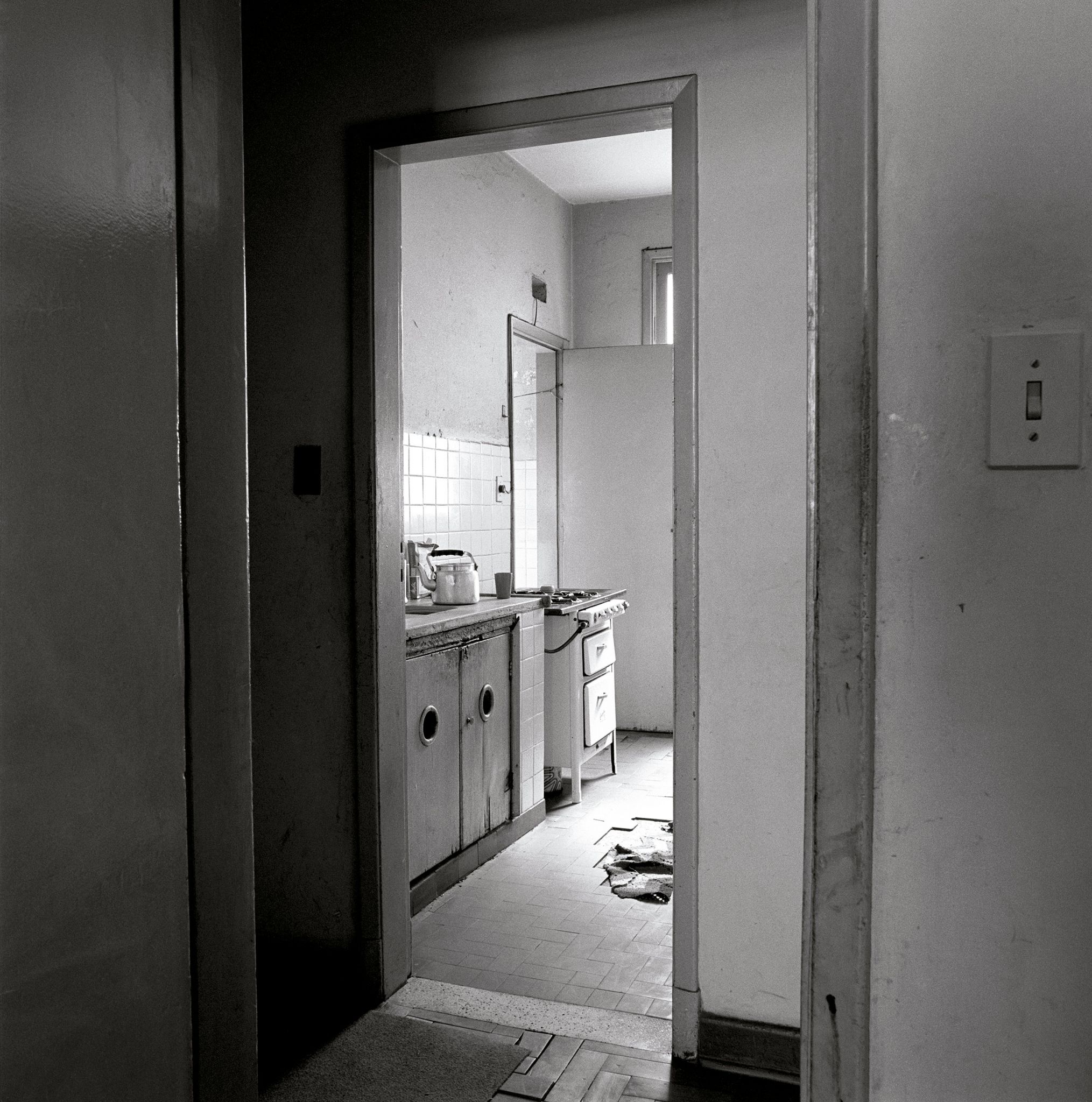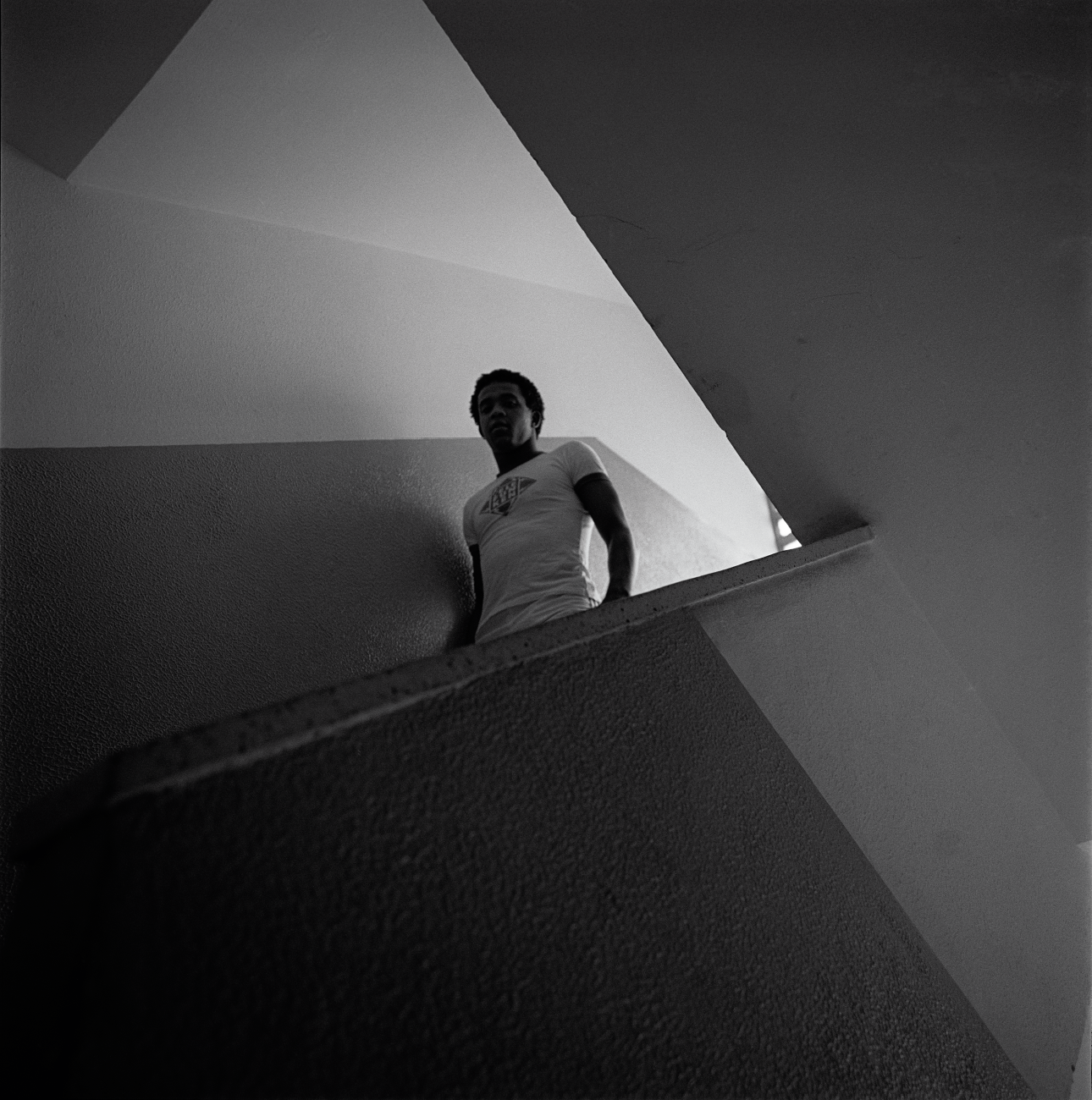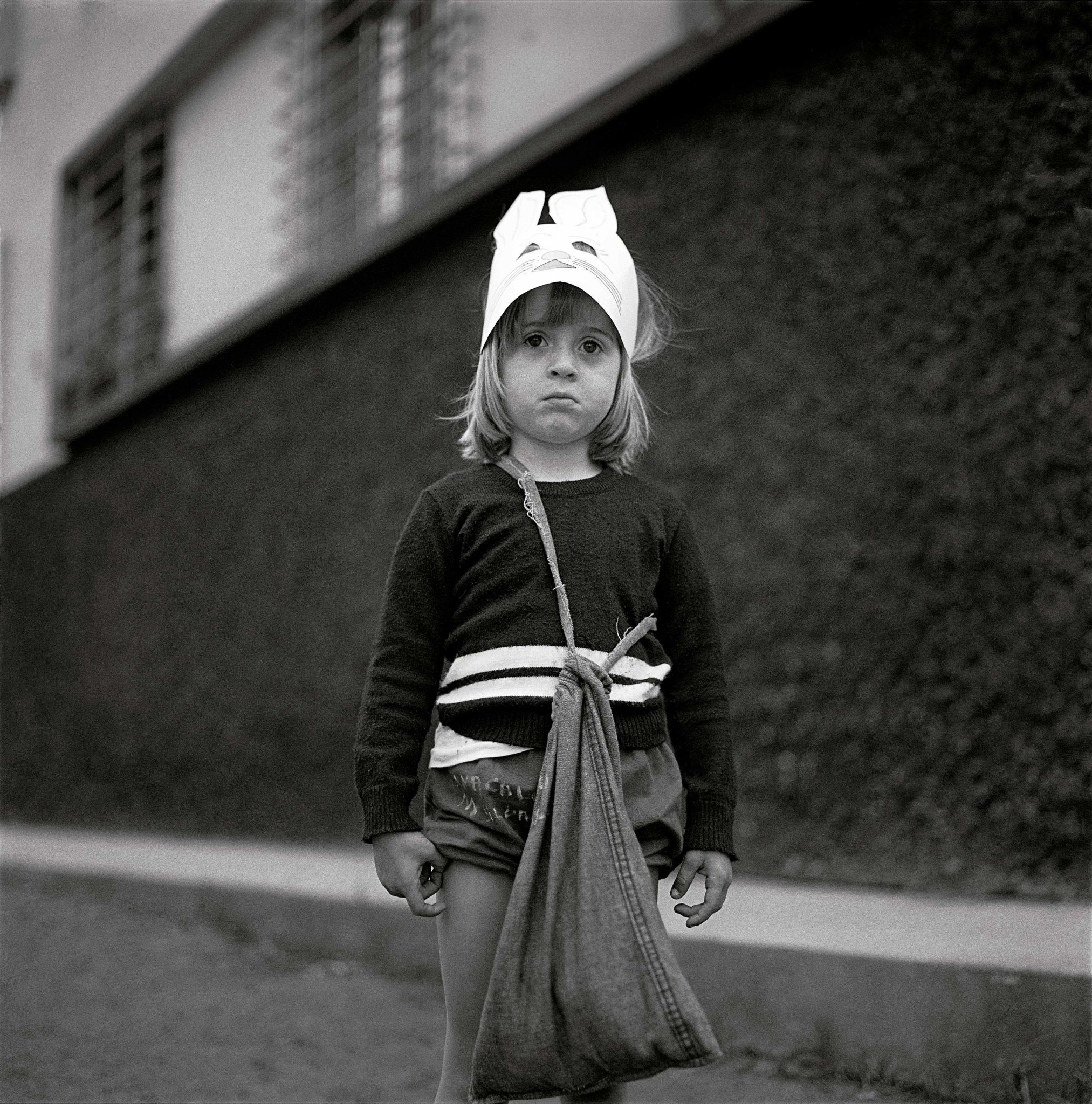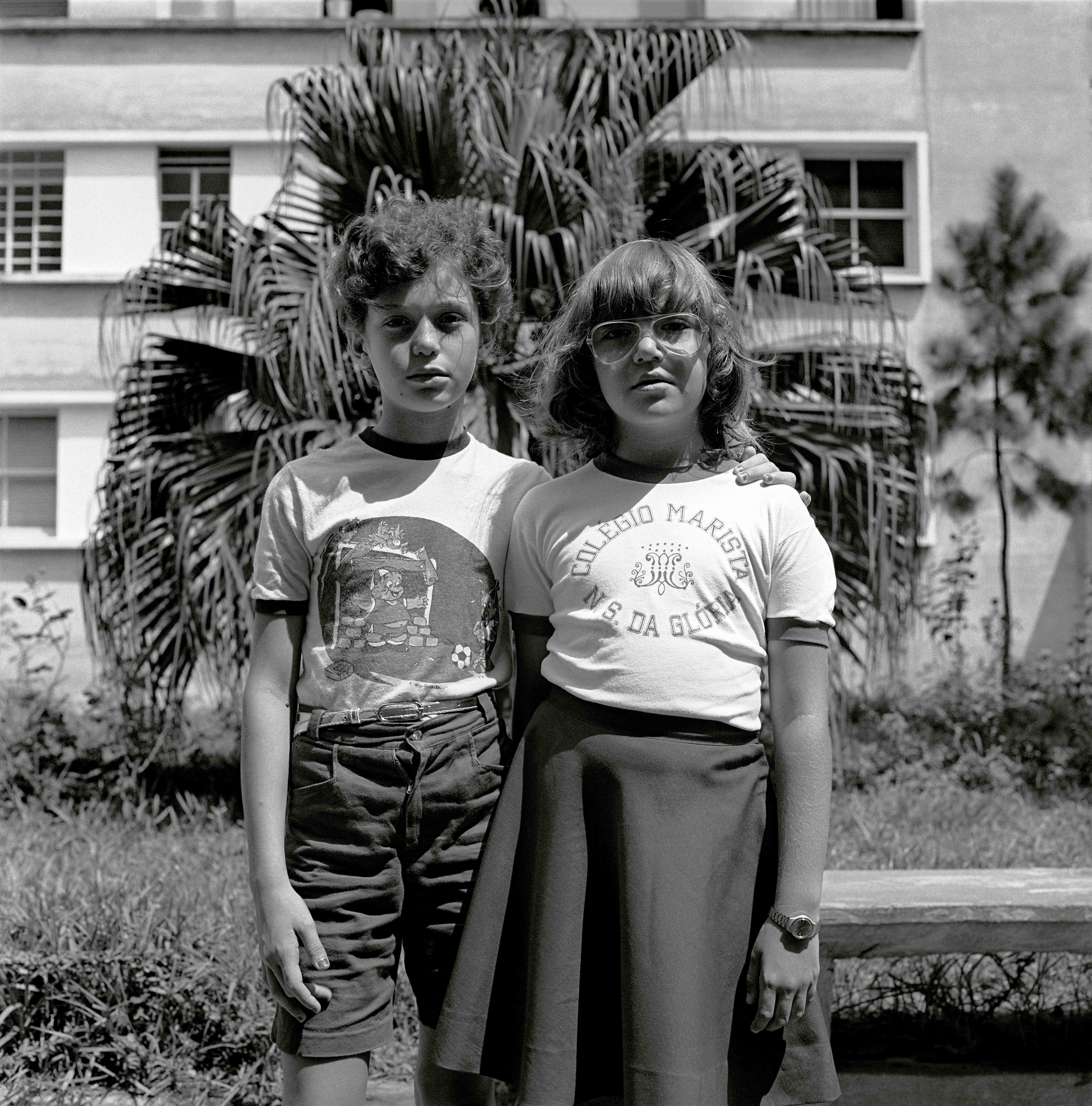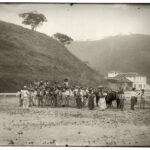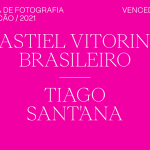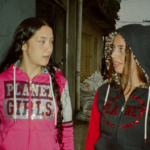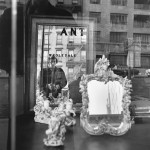At Home
Publicado em: 2 de September de 2014RAUL GARCEZ (1949-1987) photographed the Várzea do Carmo housing estate, the oldest in São Paulo, between October 1979 and April 1980. His images recorded the intimacy of the residents in a rare combination of anthropological viewpoint and formal investigation.
The housing estate Várzea do Carmo was designed in 1942 by Attilio Corrêa Lima for the Industrial Workers Retirement and Pension Institute, following the best principles of urban modernism – little ornamentation, lots of space between buildings and areas for public recreation
To accommodate the growing industrial middle class in São Paulo, 107 buildings with 6,918 apartments were planned. In the end, only 22 buildings were built, with 602 apartments.
The estate became an emblem in the history of public housing by representing both the ambition for major projects and the obstacles confronting Getúlio Vargas’ public housing policy.
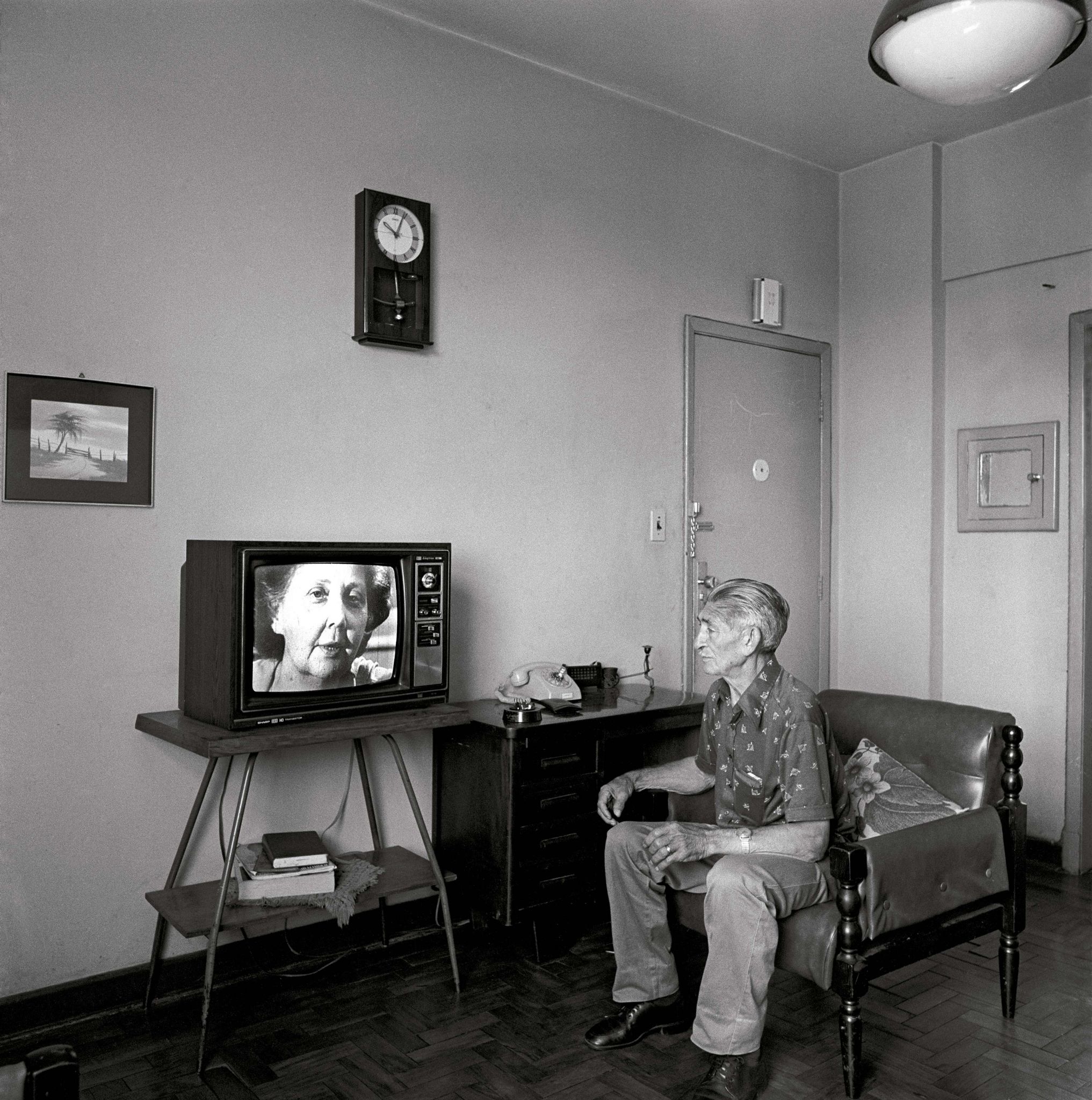
Raul Garcez approached the residents through the local recreation centre, built by them to house a boccia club.
Garcez made 780 images. He showed 42 in his only solo exhibition entitled Conjunto Habitacional Várzea do Carmo [Várzea do Carmo housing estate] (1980), at the Pinacoteca do Estado, in São Paulo.
At Home
by Antonio Risério
São Paulo is a city that always surprises. I say this objectively, not as a cliché. Of course, all cities surprise. The city is, by definition, the locus of chance. A space for unplanned events. The place for the non-trivial and the out-of-character. But that’s not what I mean: I mean that São Paulo always surprises me both by its social and cultural history and its physical structure.
A clear example of this, in my mind, is the Vila Nova Conceição district. When I went to live for the first time in São Paulo, at the end of 1974, I ended up at a great address: 1, Purpurina Street, Vila Madalena, in the former district of Risca Faca, with its pubs, bars, and its football field. It was a white, one-storey house, almost on the corner, with a tiny backyard. Years later, Vila Madalena exploded and filled up with high-rise apartment blocks, bars and shops, in a way that I have seen happening more recently in Vila Mariana. But what I mean is that when I moved to Vila Madalena, Vila Nova Conceição, which nowadays boasts “the most expensive square metre” in São Paulo, was still a rural district. Almost a farm.
In the mid-1970s, Vila Nova Conceição was a curious place, hidden away in São Paulo. People had heard of Ibirapuera, but not of the now famous neighbourhood. Vila Nova Conceição had the feeling of a rural town, somewhere left over from the calmer days of the distant past. A place full of trees where a cheerful little stream called Uberaba flowed, over which Hélio Pellegrino Avenue was later built. It was a district of mansions and villas, where one could buy locally-produced milk and fruit, or see the cattle grazing. But it’s not just the story of São Paulo’s urban design. As I said, the city’s social and cultural history also surprises me. And now I need to face up to the old Várzea do Carmo.
At the end of the 19th century and early 20th century, the city of São Paulo can be visualised as two-dimensional. One dimension is that of a city that is modernising in the European way. The other is that characterised by floods of immigrants – especially Italians. In the first case, shorter after the end of the Paraguayan War (1864- 1870), we begin to see significant physical changes in São Paulo’s urban landscape. A rapid and obvious process of urban reconfiguration profoundly changed the city over the last decades of the 19th century, extending into the first decades of the following century. It is the period in which São Paulo made the leap from a rustic looking, provincial settlement to the “capital of coffee.” In his book Formação histórica de São Paulo [the historical formation of São Paulo] (1954), Richard Morse speaks of a “surge of physical and economic growth” that erased at least the external traces of the city’s colonial past. São Paulo now became the city of Paulista Avenue (1891) and Viaduto do Chá [tea viaduct] (1892), a bridge made from pre-fabricated metal structures produced in Germany.
On the other hand, as I have said, São Paulo also became an immigrant city, full of Japanese and Jewish people – and many more. But it was mainly the Italians who took over the city, populating it with an emerging working class, promoting anarchism (they even spoke of “free love”), starting to climb up the social ladder and beginning to generate wealth. The town house built by the Sicilian businessman on the Paulista Avenue at the end of the 19th century and the construction of the Martinelli Building in the 1920s are visible, even ostentatious, symbols of the process which changed Brazil’s demographic makeup and culture forever.
But in the middle of all this, Várzea do Carmo tells of a different reality. When we look more closely in that direction and discover its look and soul, it gives us the sensation we are dealing with another city, not São Paulo. Várzea do Carmo is quite the opposite to Campos Elísios, first residential area in São Paulo to mimic Europe. And it has nothing to do with the Italian Francisco Matarazzo and his “industrial complex” nor with the poorer Italian immigrants. However, it is not another city. Várzea do Carmo is São Paulo. The issue is another. São Paulo is not one city. It is many. Made up of several. It is a multiple and mobile city.
Jorge Americano writes in São Paulo naquele tempo [São Paulo at that time] (1895-1915): “Várzea do Carmo (now Dom Pedro II Park) became a swamp in the rainy season. In the dry season, the Tamanduateí river flowed through two channels which formed an island between the Gasômetro and Carmo districts in the centre of the city. One of the channels is that used by the river nowadays while the other ran parallel to 25 de Março Street, until it joined up with the main channel near where the Municipal Market is now. Down Glicério Street and all across the central spine of the city, washerwomen would clatter down to the river in their clogs, carrying bags of washing and washboards. At the edge of the water, they pulled the back of their skirts through their legs to the front and tied it in a knot, making a sort of improvised breeches. Hitching up the material at the top, they would tie a bit of string round their waist to keep the skirt at knee level or a little above, so they now looked like padded shorts.”
And that reminds me of the washerwomen in Bahia City, in my childhood. Or of the washerwomen of the River Plate in Buenos Aires, who were portrayed by José Luis Lanuza in Morenada. And of the washerwomen in the novels of James Joyce and William Faulkner. Washerwomen who are fundamental characters in any history of women in Brazil. But it wasn’t just the washerwomen. Várzea do Carmo was a place for poor people and mestizos, blacks and mulattos, giving it more of an air of Bahia or Rio de Janeiro than Italianized, urban-industrial São Paulo. And that is where they say the first football match was held in Brazil, in April 1895, using a leather ball brought by Charles Miller. We forgot about all this, as well as the rivers and streams of the city, which are only now being remembered.
Várzea do Carmo mustn’t be forgotten. It has already been deleted from the townscape. The area was filled in and levelled. But it should not be lost in the same way from the social history of São Paulo. Here was an area that flatly contradicted the official view of the city that was imposed on us. A space that was ostensibly “primitive” with its fiery black women and its African healers, in the context of a city that was striving to become a metropolis, which wanted to embrace the modern and hygienic, expelling the whores and beggars from the region surrounding the Municipal Theatre. An area occupied by poor mulattos, living their own culture. A space for the excluded who, once again, would be driven away, so the local authorities could put a municipal park in their place. Anyway, the project was to extirpate that blot from the city landscape, that den which housed the opposite of the physical and moral cleanliness that the privileged classes of São Paulo wanted for the city. And so they did, filling the site in and landscaping it, destroying the Mercado dos Caipiras, an informal country market, banning the black and mestizo herb sellers.
And it is from that point of view that I look at Raul Garcez’s beautiful photos, which show another world, a Council housing estate built on top of what was covered over. I’m no art critic, but I have to say two or three things about Garcez. I always think it is interesting to recall that he was an Engineering graduate from the Polytechnic School of the University of São Paulo (USP). Because for us he was a photographer – but he brought to his photographs the constructive instincts of the engineer, celebrated, by the way, in the poetry of João Cabral de Melo Neto. At the same time, his compositions enchant with their delicacy. If we look at the semantic and syntactic aspects of his creativity, we can say that he had social conscience and knowledge of the photographic language. Hence, he became a pioneer of photographic documentation and, at the same time, a subtle and rigorous photographer, with a powerful and expressive visual language.
The photographer and professor João Luiz Musa expressed this perfectly: “[Garcez] had an interest in topics related to Brazilian reality and, at the same time, a clear intention to discover how much photography had advanced as a visual language: he was a systematic researcher, an artist. This attitude was reflected in the way he approached his photographic work: he would try out techniques and review his collected material to exhaustion, always wanting to get closer to his object of study: the space, the people, their social relations. Over the years these concerns were turned into various photographic essays, which resulted in some of the most beautiful and serious works of Brazilian photography available to us.”
We see this in the photo essay focusing on the Várzea do Carmo which Garcez produced between 1979 and 1980. But looking at the spaces and the people that Garcez photographed, the first thing that comes to my mind is to say that it seems history does not forgive. It seems that the characters Garcez photographed had inherited the bad karma of the expulsion of the old population and the destruction of the old place. A people that might be beautiful, but so very sad. The laughter of those original inhabitants no longer persists in those walls, in the midst of those people. Even the kids look at us with a blank, disconsolate and sad look. The joy of the place is gone. There is a suggestion of bitterness. Isolation. Loneliness. An essential helplessness in the face of everything. But, above all, sadness. They are no longer a part of a noisy melting pot of races and origins. They are part of a middle class that does not seem to have found its place. A poor middle class. Tacky. Apathetic. Colourless. Though still with vestiges of some hidden, lost, restrained beauty. What to do with those children? In what mazes or featureless haze do they live?
Poverty is not necessarily sad. On the contrary, Bahia and Rio are examples of places where joy is stronger than misery. São Paulo too, in the strongly northeastern culture which permeates the outskirts, a sequence of joyful and vital neighbourhoods surrounding the more staid “expanded centre,” which is repressed, controlled. But here, in Garcez’s almost poignant photos, what we see is a sad poverty, a poor sadness. Very sad. Where everyone seems to be the same age: 100 years of solitude. ///
Raul Garcez (1949-1987) graduated in Civil Engineering from the Polytechnic School of the University of São Paulo. During the 1970s he was part of a group of photographers who got together to exchange information and experiences in the photo lab at the Architecture and Urbanism Faculty of the University of São Paulo.
Antonio Risério (1953) was born in Salvador. He is a poet, translator, anthropologist, essayist, and musician. In the 1970s he edited several experimental poetry magazines. Risério was a member of the strategy and marketing teams for Lula’s two presidential campaigns. Amongst his writings is A cidade no Brasil [the city in Brazil] (2012). He has written screenplays for film and television.
///
Get to know ZUM’s issues | See other highlights from ZUM #6 | Buy this issue


